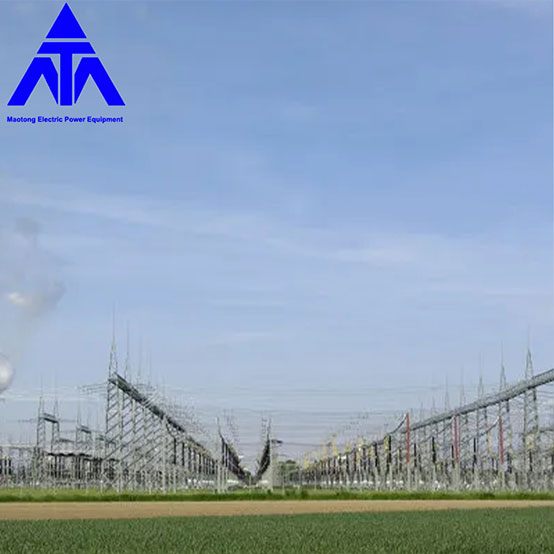The Main Components and Functions of A Distribution Substation
2024-04-16
An electric distribution substation structure is a key component of the electrical grid, responsible for distributing electricity from transmission lines to end-users such as homes, businesses, and industries. These structures play a crucial role in maintaining the reliability and stability of the electrical supply. Here are the main components and functions of a distribution substation:
1. Transformer: The transformer is one of the most essential components of a distribution substation. It steps down the voltage from the high levels carried by transmission lines to lower levels suitable for distribution to consumers. Distribution transformers are typically mounted on pads or poles within the substation.
2. Switchgear: Switchgear includes various devices such as circuit breakers, switches, and fuses used to control and protect the electrical circuits within the substation. These devices allow for the isolation of faulty sections of the network and the safe operation of the substation.
3. Busbars: Busbars are conductive bars or rails used to connect various components of the substation, such as transformers, switchgear, and feeder lines. They provide a reliable and efficient means of transmitting electrical power within the substation.
4. Feeder Lines: Feeder lines carry electricity from the substation to distribution transformers located in the vicinity of consumers. These lines may be overhead (mounted on poles) or underground, depending on the location and requirements of the distribution network.
5. Protection and Control Equipment: This includes relays, meters, and monitoring devices used to monitor the performance of the substation, detect faults, and ensure the safe and efficient operation of the distribution system.
Distribution substation structures can vary in size and configuration depending on factors such as the size of the served area, the voltage levels involved, and environmental considerations. They are typically enclosed within fences or walls to ensure safety and security. Additionally, substations may incorporate features such as lightning protection, grounding systems, and environmental controls to mitigate risks and ensure reliable operation.



